
Clinician Perception of a Machine Learning–Based Early Warning System Designed to Predict Severe Sepsis and Septic Shock
In general, clinical perceptions of Early Warning System 2.0 were poor. Nurses and providers differed in their perceptions of sepsis and alert benefits. These findings highlight the challenges of achieving acceptance of predictive... read more

In-hospital Mortality Associated with the Misdiagnosis or Unidentified Site of Infection at Admission
Rapid detection, early resuscitation, and appropriate antibiotic use are crucial for sepsis care. Accurate identification of the site of infection may facilitate a timely provision of appropriate care. We aimed to investigate... read more
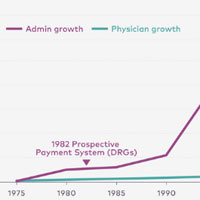
The Rise of the Healthcare Administrator
Here's some food for thought: The number of physicians in the United States grew 150 percent between 1975 and 2010, roughly in keeping with population growth, while the number of healthcare administrators increased 3,200... read more
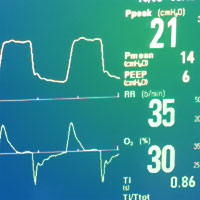
Effect of a Low vs Intermediate Tidal Volume Strategy on Ventilator-Free Days in ICU Patients Without ARDS
In patients in the Intensive Care Unit (ICU) without acute respiratory distress syndrome (ARDS) who were expected not to be extubated within 24 hours of randomization, a low tidal volume strategy did not result in a greater... read more
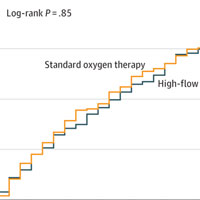
Effect of High-Flow Nasal Oxygen vs Standard Oxygen on 28-Day Mortality in Immunocompromised Patients With ARF
Among critically ill immunocompromised patients with acute respiratory failure (ARF), high-flow oxygen therapy did not significantly decrease day-28 mortality compared with standard oxygen therapy. Of 778 randomized patients... read more

Angiotensin II For Septic Shock Treatment
Angiotensin II has been studied for many years and has consistently shown to increase MAP. This medication adds a new mechanism of action to the vasopressor arsenal that is already used for septic shock. Angiotensin II should... read more

Identifying At-Risk Patients for Sub-optimal Beta-lactam Exposure in Critically Ill Patients with Severe Infections
Conventional beta-lactam dosing is flawed in critically ill patients. Useful tools such as the MeroRisk Calculator need to be comprehensively evaluated clinically, and if successful should be added into clinical practice... read more

Pretreating red blood cells with nitric oxide may reduce side effect linked to transfusions
A new treatment may diminish a dangerous side effect associated with transfusions of red blood cells (RBCs) known as pulmonary hypertension, an elevated blood pressure in the lungs and heart that can lead to heart failure.... read more
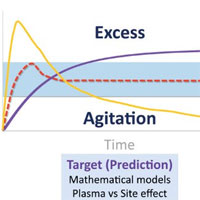
Sedation in the ICU – Good Past – Better Future?
The concepts for good sedation include defining the range of sedation, the need for agents with rapid response that can be easily and rapidly varied in restless and confused patients, various modes of ventilation, continuous... read more
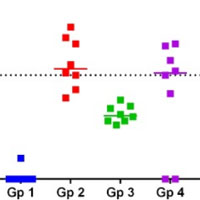
Closed Chest Compressions in Traumatic Cardiac Arrest
This study demonstrated that fluid resuscitation with whole blood is significantly better than resuscitation with compressions alone or with normal saline. It further showed that there was no difference between whole blood... read more
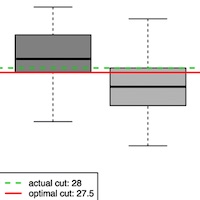
An evaluation of the Swiss staging model for hypothermia using hospital cases and case reports from the literature
The Swiss staging model for hypothermia uses clinical indicators to stage hypothermia and guide the management of hypothermic patients. The proposed temperature range for clinical stage 1 is ... read more

Reversal of Oral Anticoagulation in Patients with Acute Intracerebral Hemorrhage
In light of an aging population with increased cardiovascular comorbidity, the use of oral anticoagulation (OAC) is steadily expanding. A variety of pharmacological alternatives to vitamin K antagonists (VKA) have emerged... read more

Pediatric Hypertension and Hypertensive Emergencies: Recognition and Management in the Emergency Department
Pediatric hypertension generally presents to the ED in 2 forms: (1) the otherwise asymptomatic child with elevated blood pressure, and (2) the child with a true hypertensive emergency. This issue provides recommendations... read more

Approaches to Addressing PICS Among ICU Survivors
Critical illness can be lethal and devastating to survivors. Improvements in acute care have increased the number of intensive care unit (ICU) survivors. These survivors confront a range of new or worsened health states that... read more




